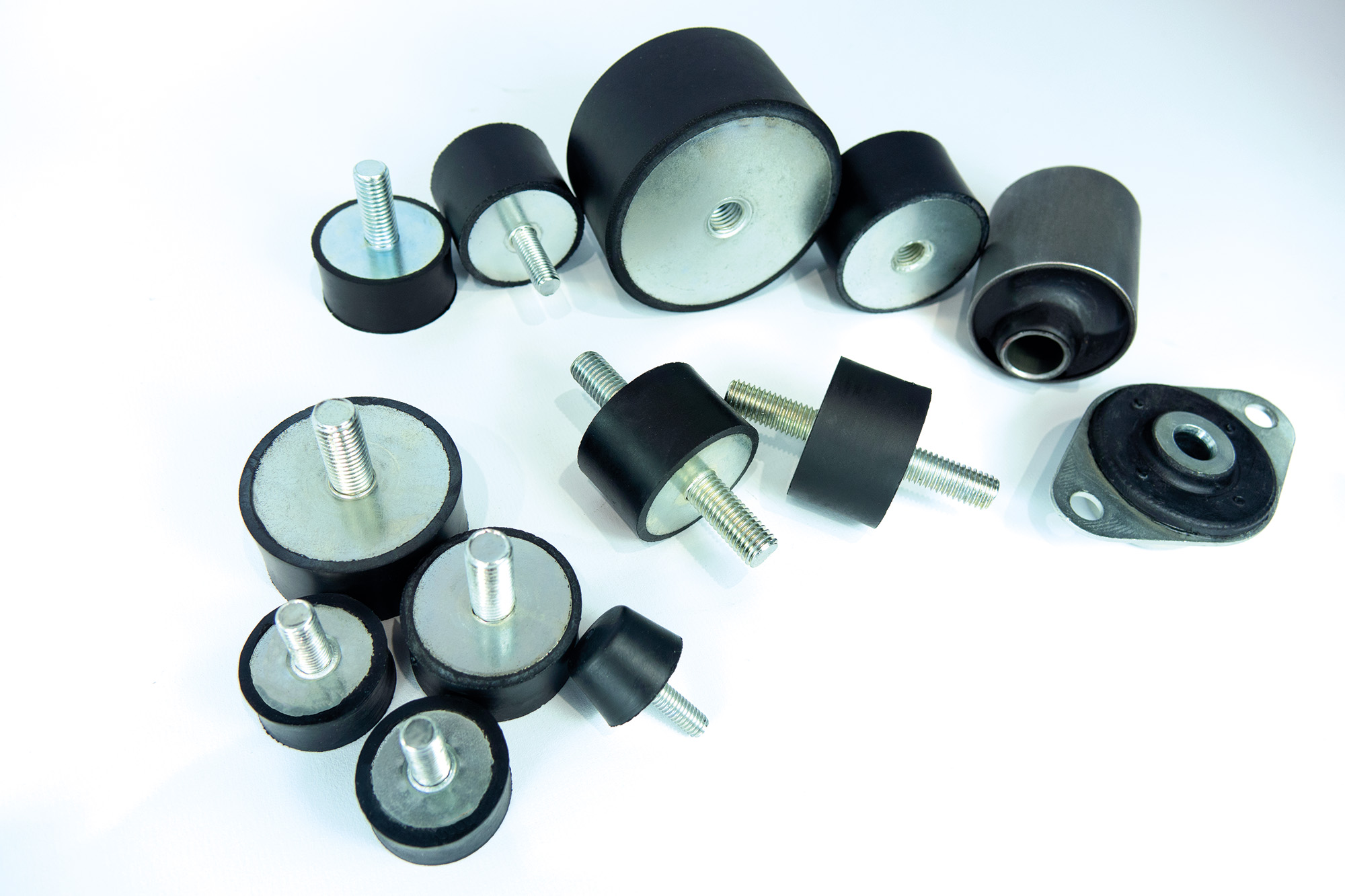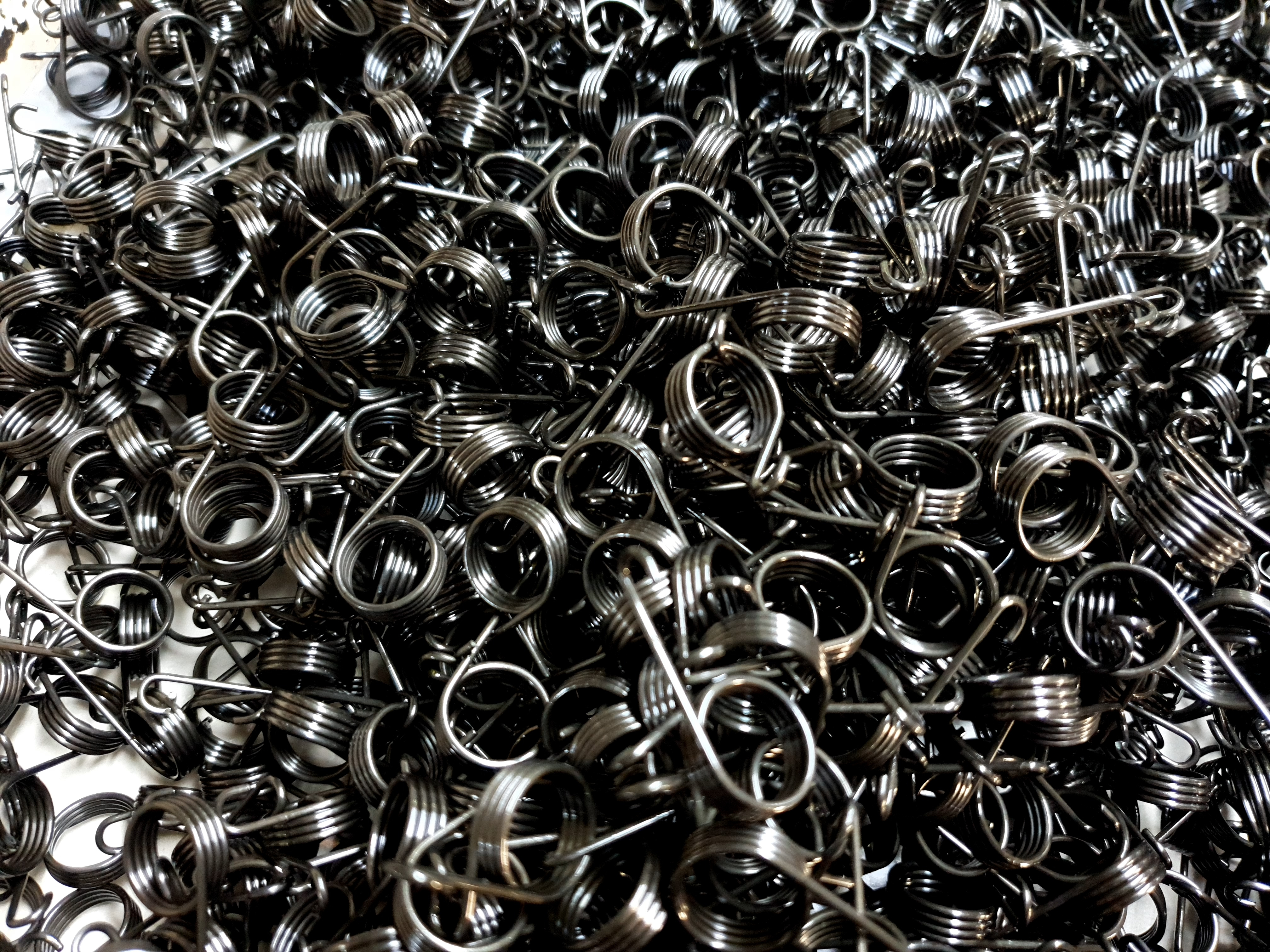We use cookies to make your experience better. To comply with the new e-Privacy directive, we need to ask for your consent to set the cookies. Learn more.
How are Coil Springs Made?

The humble coil spring is something you can find anywhere nowadays. With the vast array of options available for coil spring designs, you can find one in almost every application, from mechanical watches to car suspensions. Due to the essential role coil springs play, maintaining the highest standards during their manufacture is vital to providing a long-lasting, effective product.
What is a Coil Spring?
The reason for the name coil spring is simply due to the shape of the spring itself. A coil spring resembles the classic image of a spring with its round shape. Coil springs are made from metal or heavy plastic and wrapped around a cylinder to make the wire a coil. Depending on the application, the winding may be tight or loose.
Coil springs will vary in size to suit their application, but they all perform a similar role. These springs are designed to reduce shock and stress on a surface and return to their manufactured resting position. They change their shape when an external force is applied. The energy of a coil spring is stored and then recovered when the spring returns to its standard shape.
How are they Manufactured?
The essential process for producing coil springs involves using a coiling machine. Coiling machines can manufacture collar springs, spring washers, and coil springs. In addition, they can be automatic and semi-automatic machines that can produce various spring designs with hot or cold coiling.
Cold Winding
Cold winding is when the manufacturing process begins with a wire at room temperature. Cold winding is the most common form. The wire will have already been heat-treated and worked to its final strength level before it's manipulated on the coiling machine. Due to the material being already at peak strength, it's difficult with this process to manufacture coil springs at abnormally large or small diameters.
There is a slightly different variation in the cold winding that proceeds differently. First, the wire is coiled in a soft state and then heat-treated to its intended final strength after the coiling. This method allows for more variation in the wire diameter sizes compared to the previous variation.

Hot Winding
Hot winding is very different in that the wire is heated to extreme temperatures before coiling. Once coiled, the hot material is cooled quickly in oil and tempered in order to complete the desired heat treatment. As a result, hot winding allows wire spring manufacturers to work with far larger wire diameters and sizes than the cold winding process can handle. Once it has been dipped in oil, as the hot wire cools quickly, it is put under stress. This can be lifted with heat treatment, and the spring is partially heated again to let it cool slowly.
Whether the spring was made with cold or hot winding on a coiling machine, most manufacturers will employ shot peening once it has thoroughly cooled. Shot peening is an excellent way of increasing the strength of compression springs and preventing any fatal metal fatigue that would break the spring during use.
Once it has been prepared, the spring will need setting. This is where it is fully compressed several times to stress the wire to meet the desired requirements.
This is an integral part to see if the springs are correctly manufactured because if the stress is too high when compressed, the spring will not return to its original height. This is known as Prestressing
Finally, we have the coating of the spring. Springs need to be coated to prevent corrosion when exposed to the elements.
CNC Spring Coiling Machines

The term CNC stands for Computer Numerical Control. CNC is vital for maintaining productivity and safety, especially with custom wire springs.
CNC helps manufacturing handle the creation of thousands of high-quality springs with absolute precision through specially designed pre-programmed software. This programming gives these machines the ability to complete tasks that require three-dimensional actions with a single set of commands. Before CNC machines were implemented, the only way to coil springs was by hand with various tools, a much slower process that included plenty of opportunities for human error in quality control.
The programmed computer movements of the tools create a routine of sequential programming. For spring coiling, this means forming the wire material into the intended coil spring (or what other results are programmed). Of course, the materials used will depend on the machine's specifications. At Metrol, we have regularly use special alloys such as:
- INCONEL X-750™
- INCONEL 718™
- NIMONIC 90™
- HASTELLOY C-276™
- MP35N™
- Phynox (Elgiloy)
- Titanium - Ti-3Al-8V-6C5-4Mo-4Zr
Still, CNC machines can be made to work with every material spring can be made from, from high-density plastic to steel and its alloys, non-ferrous and high-temperature alloys.
Industrial spring coiling machines will include an electric drive and straightening and coiling units, combined with the pitch and cutting mechanisms, allowing the CNC programming the machine to create any spring. A choice of continuous or discontinuous wire will be fed into the machine from several rollers driven by a gear sector or engaged by a friction clutch. The spring is cut off when the rollers halt, freeing it from the larger piece. Some of the larger machines can come with attachments that allow them to work significant production levels, such as 250 springs a minute.
High-Quality Coil Springs from Metrol Motion Control
As members of the acclaimed Lesjofors group, we at Metrol Motion Control can supply a complete range of stock spring products. In addition, we can provide various coil wire springs such as tension springs, discs, and flat springs to suit any application. Please browse our range of wire springs online today to see if we have what you need, or consider our custom wire springs service as a way to acquire your springs to your exact specifications.
June 21, 2022
|
View: 1391
|
Categories: News, Wire Springs
|
By: <a class="mp-info" href="https://motioncontrol.metrol.com/info/author/wire-springs-sales-team.html">Wire Springs Sales Team</a>
|
Modify By: <a class="mp-info" href="https://motioncontrol.metrol.com/info/author/accuride-slides-sales-team.html">Accuride Slides Sales Team</a> at May 8, 2025












